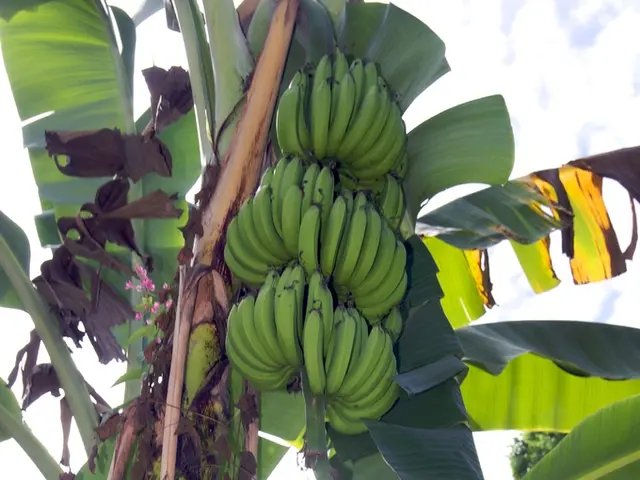UC Davis Professor Calls for Recognition of Rapa Nui's Role in Rapamycin Discovery
Professor Ted Powers of UC Davis has called for dialogue and collaboration with the indigenous Rapa Nui community of Easter Island. This comes as recognition for their unacknowledged contribution to the discovery of rapamycin, a drug with a global market value of $328 million in 2024, projected to reach $522 million by 2033.
Rapamycin, discovered in 1964 on Easter Island, was found in a soil sample and produced by the bacterium Streptomyces hygroscopicus. The drug interferes with the mTOR protein, regulating cell growth, metabolism, and immune responses. It has transformed organ transplantation and treats certain cancers and rare conditions like LAM. UC Davis' studies have shown rapamycin's potential as an anti-aging drug, slowing cell aging and reducing inflammation.
The drug was initially discovered by a team led by Canadian scientists from Ayerst Pharmaceuticals. However, the Rapa Nui people and their knowledge were not involved or acknowledged in the subsequent benefits and global medical advancements derived from rapamycin. Powers believes the scientific community should give back to the Rapa Nui community for their contribution.
Rapamycin's global market value and potential highlight the need for recognition and compensation for the Rapa Nui community. Powers' call for dialogue and collaboration aims to ensure they benefit from advancements made using their land's resources.
Read also:
- Harsh Desert Environments Support Thriving Fruit Groves: Agriculture in Severe Climates
- One night of sleep deprivation can cause changes in our genes, according to a research study.
- Countries initiate aggressive campaign to prohibit smoking in vehicles
- Reporting on Measles Vaccination among Mennonite Community








